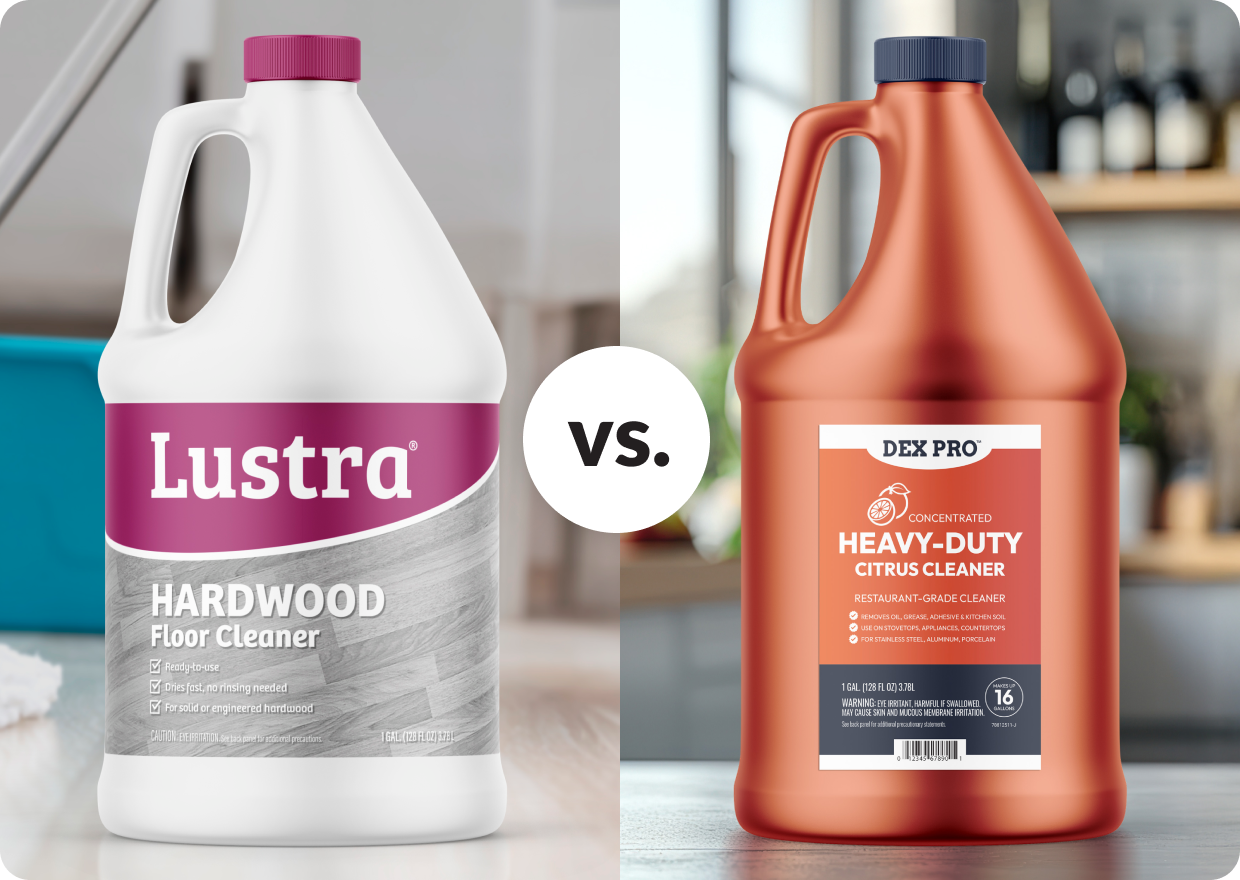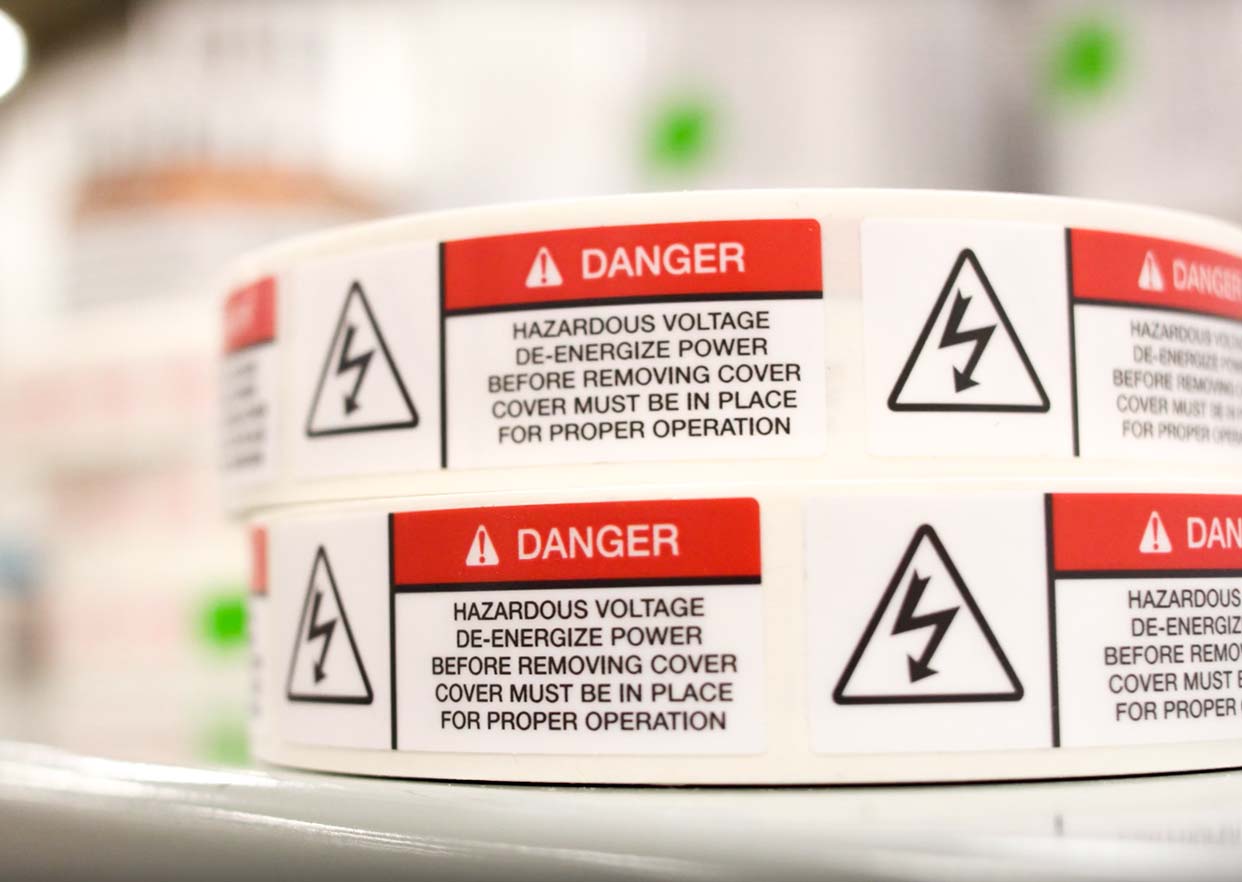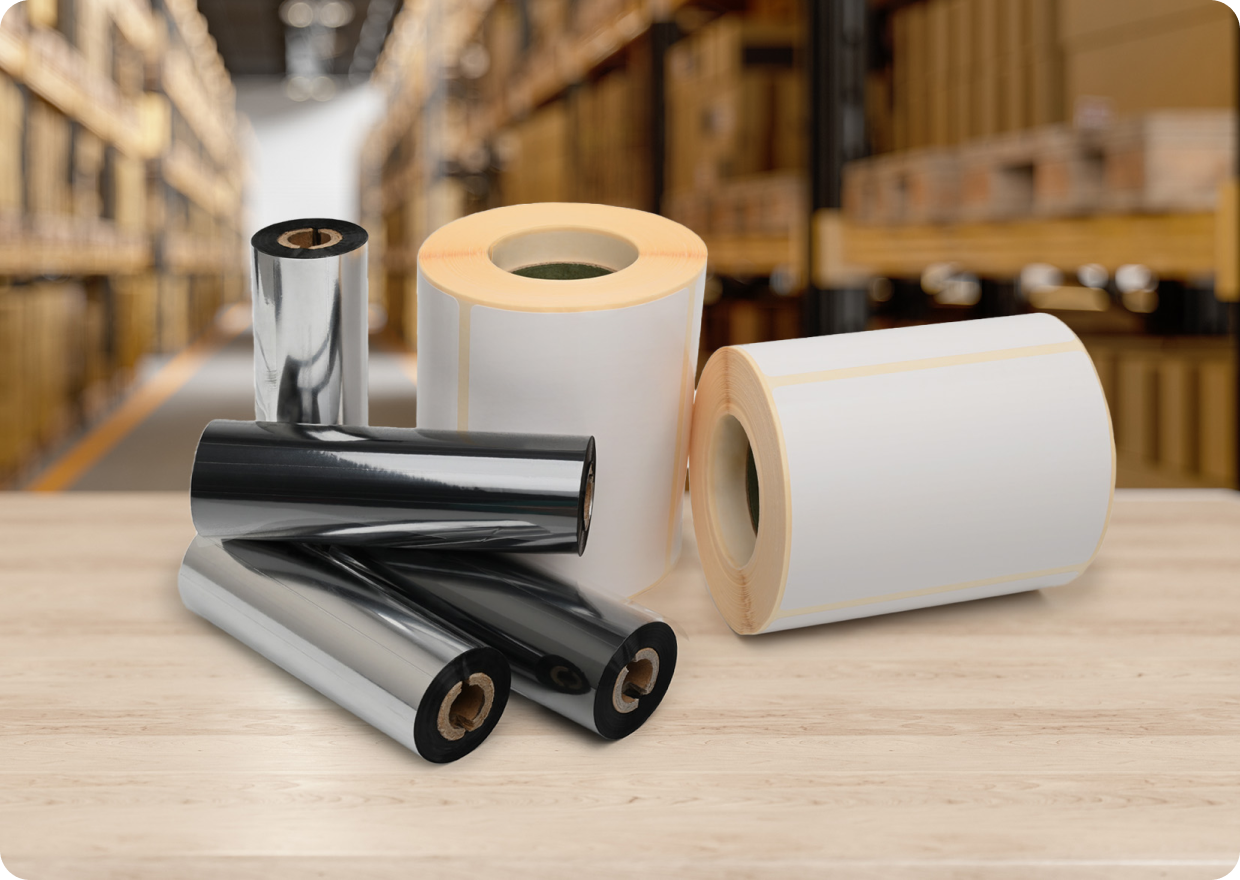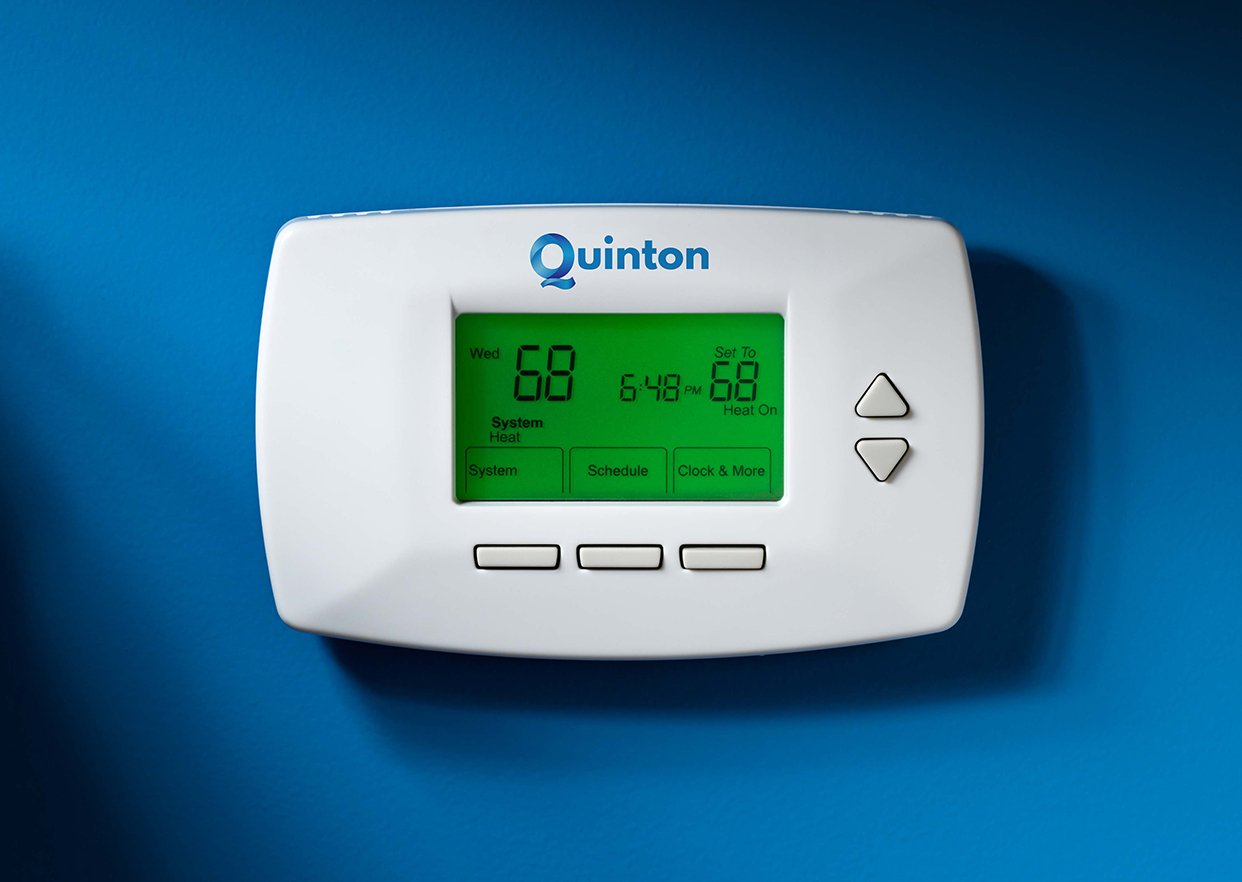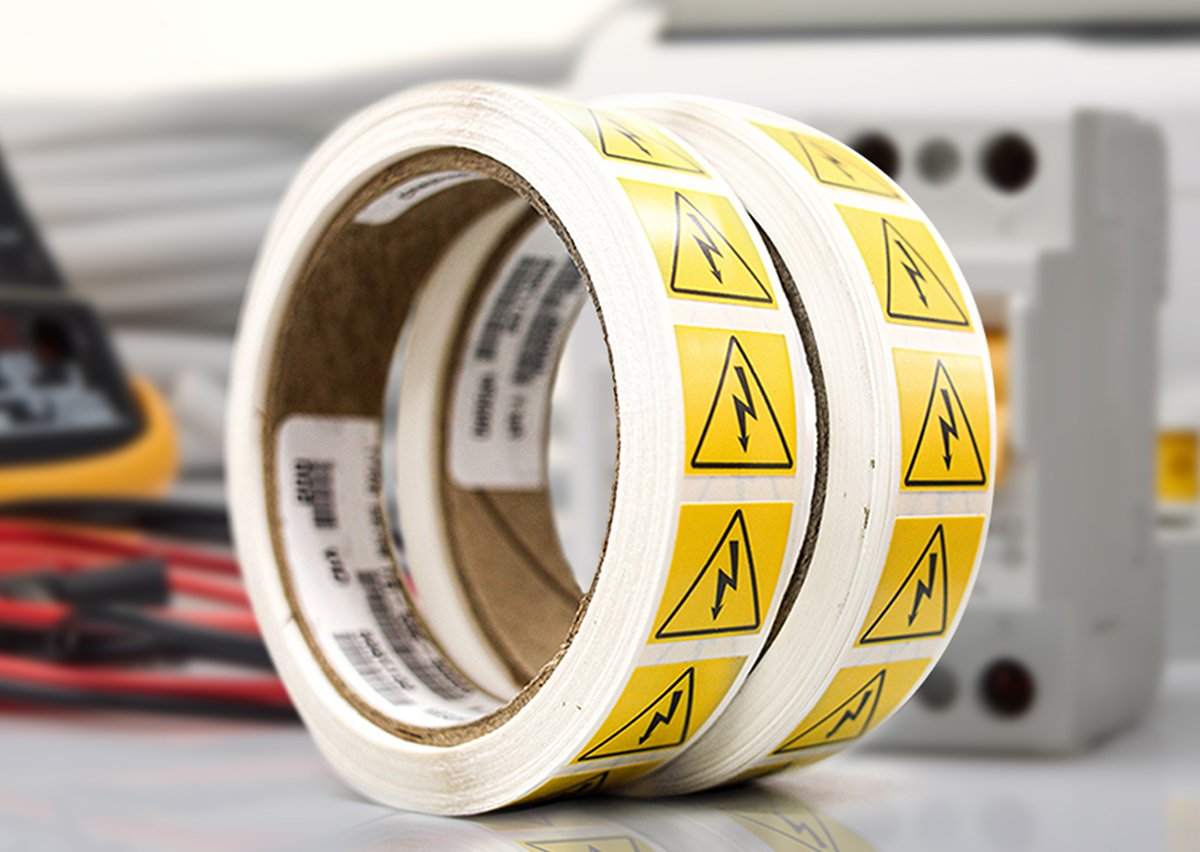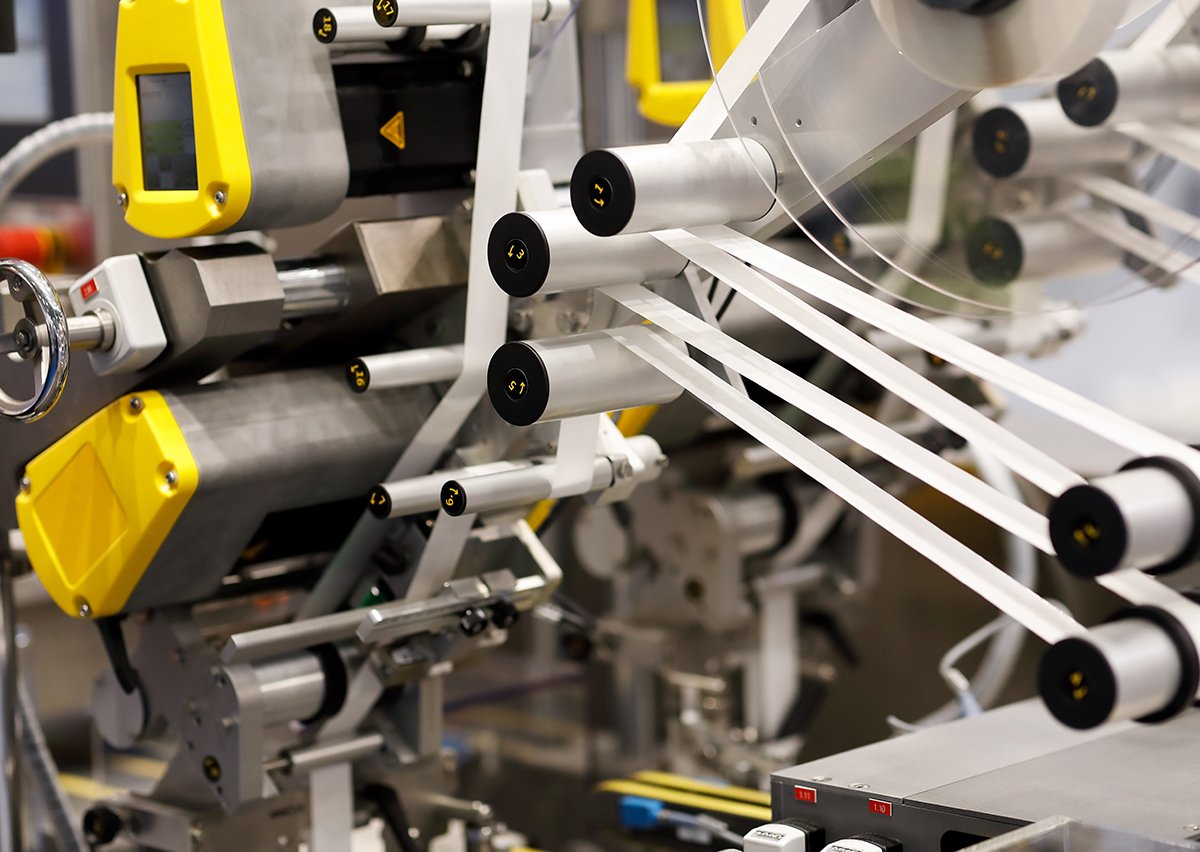The next time you buy a refrigerator, smoke detector, surge protector or other complex consumer product, pause to look at the certification label applied to the item. For safety-critical products like these, the certification mark isn’t just a symbol — it’s a compliance guarantee.
However, did you know that the label itself must also meet strict standards? Whether you're sourcing labels for UL, cUL or CSA certified products, overlooking the finer details of label construction can trigger costly delays, rejected shipments and production line shutdowns.
This UL, cUL and CSA Certification Guide provides a comparison of these three standards. It also clarifies the standards that apply to the labels themselves and what manufacturers must do to stay compliant when using them. Specifically, we will explore the following 14 questions:
- What does UL stand for?
- What is UL certified?
- Is UL certification required in the USA?
- What are some UL certification details to be aware of?
- Is UL the same as CE?
- Is UL accepted in Canada?
- What does CSA stand for?
- What does CSA approved mean?
- What is a CSA stamp?
- Is CSA only for Canada?
- Is CSA as good as UL?
- What is the CSA certification process?
- Are UL, cUL and CSA labels certified, too?
- How do I know which regulatory body to consult?
1. What does UL stand for?
UL stands for Underwriters Laboratories, a U.S.-based global safety certification company founded in 1894. UL develops standards and conducts testing to ensure products meet safety, performance and environmental benchmarks. It’s one of the most recognized names in product safety across North America.
2. What is UL certified?
A product is UL certified when it has passed rigorous testing by UL to meet specific safety standards. There are two main types of UL certification:
- UL Listed: The entire product has been tested and meets UL’s published standards.
- UL Recognized Component: Specific components within a product meet UL standards but are not certified as standalone consumer products.
A UL certified rating is commonly required for electrical appliances, industrial machinery, fire safety equipment and more.
3. Is UL certification required in the USA?
A UL certified rating is not federally mandated, but it is often required by:
- Local building codes
- Insurance companies
- Retailers and distributors
- OEMs and enterprise buyers
In practice, UL certification is essential for market access and risk mitigation. Products without UL marks may be rejected or require additional inspection, delaying deployment and increasing costs.
4. What are the UL certification details to be aware of?
Getting a product UL certified involves a structured, multi-step process designed to verify safety, performance and regulatory compliance. Here’s a high-level overview of the process itself:
- Application Submission: Manufacturers begin by submitting a formal request to UL, including product specifications, intended use and target markets.
- Technical Evaluation: UL engineers review the product design and documentation to determine applicable standards and testing protocols.
- Sample Testing: Physical samples are tested in UL’s labs to assess electrical, mechanical, thermal and environmental safety. This may include stress tests, fire resistance and performance under abnormal conditions.
- Factory Inspection: UL conducts an initial factory audit to verify production consistency and quality control systems.
- Certification Decision: If the product passes all evaluations, UL issues a certification mark (e.g., UL Listed or UL Recognized Component) and assigns a control number.
- Follow-Up Services: UL performs ongoing inspections to ensure continued compliance. Any changes to the product or label must be re-evaluated.
This process ensures that UL certified products meet rigorous safety standards and are eligible for market access in regulated industries. Proper label sourcing and documentation are essential throughout.
5. Is the UL the same as CE?
No. UL and CE are not the same. CE is a European mark indicating that a product complies with European Union (EU) safety, health and environmental requirements. Unlike UL, CE does not require third-party testing unless the product falls under specific directives.
6. Is UL accepted in Canada?
Not directly. Canada has its own standards body — CSA Group. However, UL offers cUL certification, which means the product has been tested to Canadian safety standards. Products marked cUL or cULus (for both U.S. and Canada) are accepted in Canada. If you're selling into Canada, make sure your UL mark includes the “C” prefix to indicate compliance with Canadian standards.
7. What does CSA stand for?
CSA stands for the Canadian Standards Association, now known as CSA Group. It’s Canada’s leading certification body for electrical, mechanical, gas and safety-critical products. CSA develops standards and performs testing similar to UL, but with a focus on Canadian regulations.
8. What does CSA approved mean?
A product labeled CSA approved has been tested and certified by CSA Group to meet applicable Canadian (and often U.S.) safety standards. CSA approval is recognized across North America and internationally, especially in sectors like:
- Electrical and electronic equipment
- Gas-fired appliances
- PPE and industrial machinery
CSA marks may include “C”, “US”, or “C/US” to indicate the regions where the certification applies.
9. What is a CSA stamp?
A CSA stamp is the physical mark or label placed on a product to indicate CSA certification. It may appear as:
- CSA logo
- CSA “C” or “C/US” mark
- CSA Special Inspection Label (for field-evaluated products)
The CSA stamp assures inspectors, buyers and regulators that the product meets safety standards and is approved for use in Canada — and possibly the U.S.

10. Is CSA only for Canada?
No. While CSA is headquartered in Canada, its certifications are recognized across North America. CSA Group is accredited by both Canadian and U.S. authorities and its marks are accepted by:
- OSHA (Occupational Safety and Health Administration)
- ANSI (American National Standards Institute)
- SCC (Standards Council of Canada)
CSA certification is often used by manufacturers seeking dual-market approval.
11. Is CSA as good as UL?
Yes. CSA and UL are both nationally recognized testing laboratories (NRTLs). Their certifications are considered equivalent in terms of safety assurance. The choice between UL and CSA often depends on:
- Target market (U.S. vs. Canada)
- Customer or regulatory requirements
- Label sourcing and construction needs
For manufacturers, either mark may be valid. What matters most is that the product meet the correct standard and that the label is sourced and applied correctly.
12. What is the CSA certification process?
Similar to the UL certification details outlined above, CSA certification follows a rigorous process to ensure products meet Canadian safety and performance standards. Here’s a streamlined overview:
- Application Submission: Manufacturers submit product details to CSA Group, including specifications, intended use and target markets.
- Standards Identification: CSA engineers determine which Canadian standards apply based on product type and regulatory requirements.
- Product Testing: CSA conducts laboratory testing to evaluate electrical, mechanical, gas or environmental safety. Tests may include thermal resistance, flammability and performance under stress.
- Factory Audit: CSA performs an initial inspection of the manufacturing facility to verify quality control and production consistency.
- Certification Issuance: If the product passes all evaluations, CSA issues an official mark (e.g., CSA, C, US, or C/US) and assigns a unique identifier.
- Ongoing Compliance: CSA conducts periodic follow-up inspections to ensure continued conformity. Any product or label changes must be re-approved.
13. Are UL, cUL and CSA labels certified, too?
When a product is UL, cUL or CSA certified, the label that displays the certification mark must also meet specific requirements. These include:
- Material durability (resistance to heat, chemicals, abrasion)
- Adhesive performance (on metal, plastic, powder-coated surfaces)
- Legibility and permanence (must remain readable for the product’s life)
- Ink compatibility (especially for secondary printing like serial numbers)
The certification bodies don’t just approve the product — they approve the entire labeling system including substrate, adhesive and printing method.
UL Label Requirements
UL maintains a database of UL Recognized label constructions under UL 969, the standard for marking and labeling systems. To use the UL mark legally:
- Labels must be sourced from a UL Authorized Label Supplier.
- The label construction must be UL Recognized for the intended surface and environment.
- Secondary printing (e.g., thermal transfer) must use approved ribbons and printers.
UL also requires that the label include a unique identifier — often a file number or control number — to trace the label back to the supplier and construction.

cUL Label Requirements
For products certified to Canadian safety standards by UL (i.e., cUL), the label must:
- Include the “C” prefix in the UL mark (e.g., cUL or cULus)
- Be printed using a UL Recognized label system that meets Canadian durability standards
- Be applied by a manufacturer listed in UL’s Follow-Up Services program
The same UL 969 standard applies, but the mark format and regional applicability must be correct. Using a plain UL mark on a product certified for Canada is a compliance error.
CSA Label Requirements
CSA Group also requires that labels meet strict durability and legibility standards. Key considerations include:
- Labels must be printed by a CSA Authorized Label Supplier.
- The CSA mark must include “C”, “US”, or “C/US” depending on the certification scope.
- CSA may require field evaluation labels for custom or modified equipment.
CSA doesn’t use UL 969, but it has its own standards for label performance. Manufacturers must ensure that the label construction is approved for the product’s environment — especially for high heat, moisture or chemical exposure.

Common Label Pitfalls That Trigger Compliance Failures
In regulated industries, the label isn’t just decoration — it’s a compliance-critical component. Each label must be treated with the same rigor as the product itself. By sourcing and specifying labels for UL certified, cUL certified and CSA certified products correctly, manufacturers can avoid disruptions and ensure smooth certification, inspection and market access.
The following issues commonly result in rejected shipments, failed inspections or revoked certifications — all of which can halt production and damage customer trust.
- Using uncertified label stock or adhesives
- Applying UL or CSA marks without authorization
- Omitting required regional indicators (e.g., “C” for Canada)
- Using incompatible inks or printers for variable data
- Sourcing labels from non-authorized vendors
Best Practices for UL, cUL and CSA Label Compliance
As the saying goes, “failing to plan is planning to fail.” The following labeling best practices will help manufacturers in regulated industries avoid the pitfalls noted above and the brand damage and business hazards they create.
- Specify label requirements early in product development.
- Use UL or CSA Authorized Label Suppliers with proven experience in your industry.
- Confirm that the label construction is recognized for your product’s surface and environment.
- Document your label system — including ribbon, printer and application method — for audits.
- Include label compliance in your supplier quality agreements and internal SOPs.
14. How do I know which regulatory body to consult?
If your product is sold in the U.S., then UL 969 Test Standard applies. If it’s sold in Canada, then CSA C22.2 No. 0.15-15 Test Standard applies. Whether your product was tested by UL for their Canadian cUL or by CSA, the same CSA C22.2 No. 0.15-15 Test Standard applies.
Taylor: Labels for UL certified and cUL certified products
Known throughout the industry for custom packaging and labeling solutions, Taylor is a recognized leader in the design and manufacturing of durable industrial labels — including labels for UL certified and cUL certified products.
- Our in-house materials science experts have been working with customers for decades to engineer label designs that will perform as required, every time.
- We have in-house expertise with UL label requirements as well as cUL certification standards. Our labeling team collaborates with all of the major regulatory bodies to ensure that we can counsel our customers on the latest UL, cUL, OSHA, ANSI and ISO specifications.
- Taylor’s Methodical Assessment of Printed Parts and Processes – or MAP3 – is unique in the industry in the way it identifies cost, process and performance enhancements to enhance enterprise label management programs.
- We are strategically located with mirrored label production and distribution facilities in both the U.S. and Mexico to better serve manufacturing customers with operations in both countries.
Want to learn more about UL label requirements and the finer points of cUL certified labels? Contact a Taylor durable label expert to learn more about our special expertise with labels for UL certified and cUL certified products.

